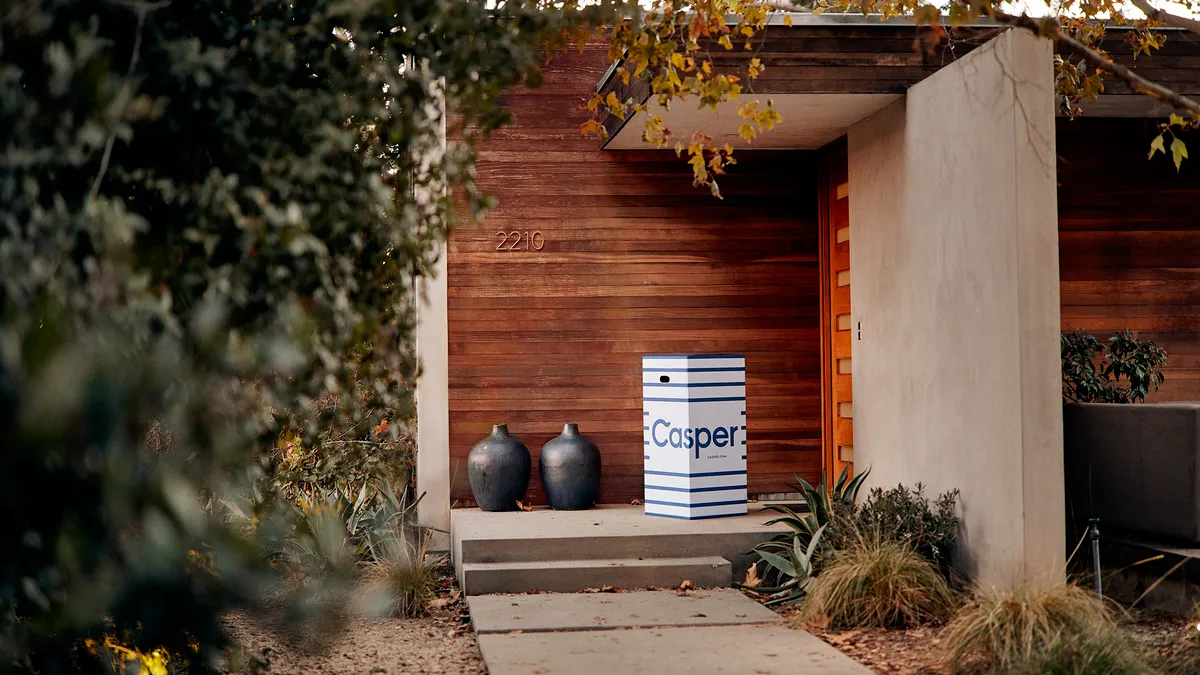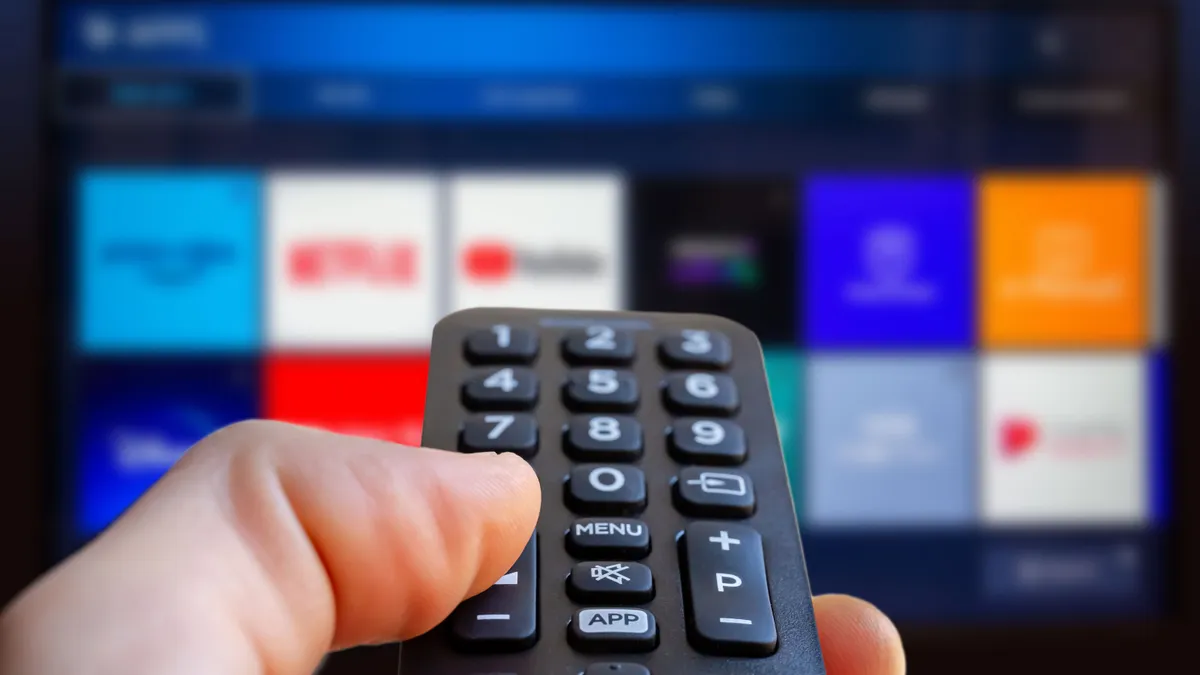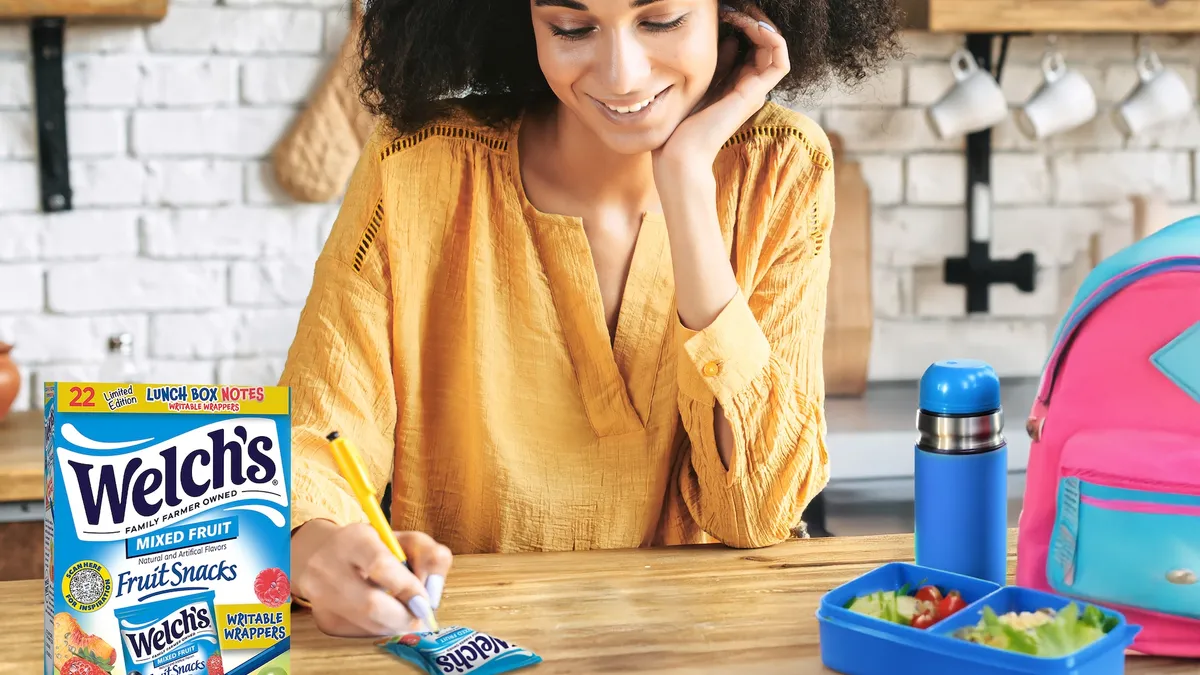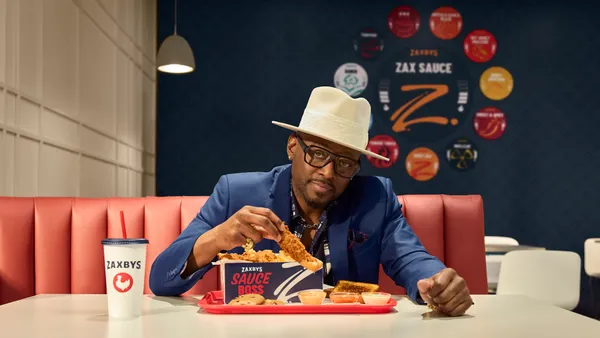Around a decade ago, when many DTC darlings were launching, the retail landscape looked much different than it does today. E-commerce and social media weren't as sophisticated as they are now, and larger retailers and brands were "los[ing] their way trying to appeal to more and more people," according to Katie Thomas, who leads the Kearney Consumer Institute, a think tank at consulting firm Kearney.
This presented an opportunity in the market to cater to a more niche subset of consumers. The combination of gaps needing to be filled in the market, a call from consumers for more transparency from brands and the growing popularity of e-commerce helped fuel the rise of early direct-to-consumer companies.
"These brands identified that they had enough direct-to-customer opportunities that they could build an identity and build a distinctive strategy to engage customers directly," said Tyler Higgins, retail practice lead and managing director at AArete.
DTC brands oftentimes started out focusing on one key product, like a mattress, eyeglasses or a suitcase. They built their identities and grew communities of loyal customers around these products, but quickly learned that in order to reach new customers and retain existing ones, they needed to expand.
"That's really the challenge — the single product isn't necessarily going to be enough for you unless your goal really is just to have an exit strategy and get acquired," Thomas said.
Over the years, online shopping has exploded, propelled further by social media channels doubling as commerce channels. And though this has, in a way, made it easier for brands to enter the market, it's also made it more difficult — and more expensive — for them to break through to consumers. "It's easier to launch, but I think it's drastically more challenging to grow," Higgins said.
And the ability to use social channels to drive awareness and create communities of customers also lends the potential to generate negative attention to a brand as well, according to Matt Katz, a managing partner at SSA & Company. "Brands need to be very careful about the type of awareness they're creating because the quick growth can be quickly reversed to rapid decline," he said.
Further complicating the success of DTC brands has been the cost to acquire customers online, which has driven many companies to take their brands offline, whether through partnerships with larger retailers, pop-ups or permanent stores of their own.
"They realized that with brick and mortar, the customer acquisition cost is lower; they have access to new, different types of customers; and they have the ability to manage their financials better in that landscape because social media costs … have gone up," Higgins said, adding that "now, direct-to-consumer brands are realizing that their long-term growth is going to continue to still be heavily predicated on retail growth as well."
While "digitally native" has virtually become synonymous with "direct-to-consumer," it's simply a starting place for these brands and does not preclude them from where they need to go, Katz said. "Brands and retailers need to be everywhere the consumer is, and the consumer will dictate where it is he or she wants to be," he said. "It's a brand's or retailer's requirement to be there."
For brands looking to enter the market, as well as existing DTCs with a community of followers, finding ways to innovate and differentiate the brand's offerings will be critical for long-term success.
"The challenge now for brands is to think about, 'OK, really what is this differentiation or this niche that I'm trying to appeal to?'" Thomas said.
The past decade has led several companies in the inaugural class of DTC brands to have great success, including through IPOs, acquisitions or investments from big names in the industry. Others, however, haven't been as fortunate. Custom menswear brand J. Hilburn, for example, last year filed for Chapter 11 bankruptcy protection, while other brands have shuttered entirely.
From IPOs and acquisitions to C-suite shuffling, here's a look at where 10 early DTC players ended up.
1. Casper
Casper aimed to disrupt the way consumers purchase mattresses through its bed-in-a-box model. Since its founding in 2014, the brand has expanded beyond mattresses into other categories like dog beds, CBD gummies and a smart nightlight.
Casper has formed partnerships with over 25 retailers, including Target, Nordstrom, Costco, Sam's Club, Bed Bath & Beyond and Mattress Warehouse. As of September, the brand operated 72 retail stores. And in March of 2019, Casper reached a $1.1 billion valuation following a funding round.
In early 2020, before the pandemic was fully realized in the U.S., Casper filed for an initial public offering. Before making its public debut in February of that year, the brand cut its share price from an initial range of $17 to $19 a share to a range of $12 to $13 a share.
Despite high hopes for the brand, Casper's stock price hit an all-time low of $3.18 a share less than two months after going public and has yet to return to its opening share price.
Through its public financial filings, the limitations of selling primarily online became clear. Coupled with the fact that it sells in a category with a low-frequency repurchase rate, the company's losses continued to grow as it piled more money into advertising in an attempt to attract new customers.
Fast forward almost two years, the brand is now set to be taken private again after Durational Capital Management, a private equity firm, agreed to acquire the brand. Along with the acquisition, co-founder and CEO Philip Krim announced he stepped down from the chief executive role, and was being replaced by the brand's President and Chief Commercial Officer, Emilie Arel.
2. Bonobos
Menswear brand Bonobos was founded in 2007 as a result of not being able to find pants that fit. Since its launch, the DTC brand has expanded into shirts and suits.
And the brand caught the attention of the biggest retailer in the world. About a decade after entering the market, Walmart acquired the brand for $310 million in cash — and brought on co-founder Andy Dunn to oversee the retail giant's collection of digitally native brands. However, in 2019, Dunn announced he would be leaving his role at Walmart.
The Bonobos deal came amid a string of acquisitions by Walmart, including ModCloth, ShoeBuy, Moosejaw and later Eloquii.
3. Warby Parker
Warby Parker — whose success spurred phrases like "The Warby Parker of X" — made its public debut via direct listing in September amid a slew of DTC brands entering the public markets.
The idea behind Warby Parker, according to the company, came from trying to solve the problem that eyewear was too expensive.
Since its founding in 2010, the brand has expanded beyond simply selling eyewear to offering contact lenses and eye exams.
Like many DTC brands that have gone public in recent years though, Warby Parker has struggled with profitability. While its sales have grown, the brand has either reported losses or broken even every year since fiscal 2018, with a $55.9 million net loss in 2020.
4. Allbirds
Tim Brown, a New Zealand native, was curious why merino wool was essentially nonexistent in the footwear industry. And thus, Allbirds was born.
Together with Joey Zwillinger, the pair founded the brand in 2015. Over the years, Allbirds has expanded beyond its wool sneakers into products like performance footwear, apparel and an activewear line.
Following rumors of a public listing, the brand this past August joined others in the DTC space in filing for an IPO.
Sustainability has remained a key focus for Allbirds — which is a certified B Corp — from using recycled packaging to displaying the carbon footprint of its products.
Since going public, the brand has revealed it too struggles to make money, nearly doubling its net loss year over year in its most recent quarter to $13.8 million.
5. Away
Away broke into the market in 2016 with the goal of creating "thoughtful products designed to make travel more seamless," and around two years later, the company said it had reached profitability — somewhat of a rarity in the direct-to-consumer space.
But the company's culture has come under fire. In an article published by The Verge in 2019, former employees described a "culture of intimidation and constant surveillance" that reportedly involved co-founder and then-CEO Steph Korey, who was "infamous for tearing into people on Slack."
Days later, the brand announced Stuart Haselden, Lululemon's former chief operating officer, would be taking the helm and Korey would be stepping into an executive chairman role. However, about a month later Away announced Haselden and Korey would become co-CEOs of the company.
To further complicate things, Korey officially stepped down from the co-CEO role in October 2020, positioning Haselden at the helm — that is until he too stepped down in February this year. Co-founder Jen Rubio is now the brand's chief executive officer.
The brand, which centers around travel, suffered when the pandemic took hold, reporting a 90% decline in sales in April 2020, though it was able to raise $35 million in funding later that year. And last month, Away named its first chief operating officer and chief digital officer.
6. Dollar Shave Club
Founded in 2011, Dollar Shave Club aimed to disrupt the shaving industry by "delivering 'F*cking Great Blades' at an awesome price, right to your door."
By 2016, the brand had grown its customer base to 3.2 million members, while producing around $200 million in annual sales. This caught the attention of Unilever, which in July of that year snapped up the razor startup for $1 billion.
At the time of the acquisition, the companies said founder and CEO Michael Dubin would continue to lead the brand. However, Dubin was replaced this past January by Jason Goldberger, who previously held executive positions at Sur La Table, Target, Blue Nile, Amazon and Gilt.
Two other razor startups appeared to follow in Dollar Shave Club's footprint of being acquired — or at least attempted to. Schick maker Edgewell in 2019 announced it would acquire Harry's for $1.37 billion. The following year, P&G said it would acquire Billie for an undisclosed amount.
Both deals fell apart following actions taken by the Federal Trade Commission on antitrust grounds.
However, in November this year, Edgewell announced it had closed on a deal to acquire Billie for $310 million in cash after being cleared under the Hart-Scott-Rodino Antitrust Improvements Act.
7. ModCloth
When ModCloth launched in 2002, it aimed to champion "a vintage, feminine, and fun fashion aesthetic," according to the company. From its beginning, the compay wanted to be different from other brands and set an example for the industry through its anti-photoshopping practices and inclusive offerings.
ModCloth grew to have a fiercely loyal customer base — one that analysts feared would be alienated when Walmart acquired the brand in 2017.
In 2019, though, the retail giant's e-commerce unit was projected to lose $1 billion on as much as $22 billion in revenue, and reportedly considered selling off some of the brands it acquired, including ModCloth, which it sold to financial firm Go Global Retail later that year.
But earlier this year, the brand changed hands once again: E-commerce platform Nogin in May purchased ModCloth for an undisclosed amount, positioning the brand as an independently owned retailer once again.
8. Indochino
Indochino launched in 2007 with the intention of disrupting the custom-suit-buying experience. The brand gives consumers the opportunity to select from hundreds of fabrics and personalization options, like buttons, monograms and lapels.
The brand has grown to operate over 50 showrooms across North America, as well as 21 shop-in-shop locations in Nordstrom. In addition to growing its physical footprint, Indochino has also expanded into new categories like knitwear.
This past summer, the brand inked a deal with NBC Olympics to provide suits to more than a dozen broadcasters for the Olympic Games in Tokyo.
9. Chubbies
Chubbies was founded in 2011 by a group of friends who couldn't relate to the traditional men's apparel market.
The brand started out by selling casual shorts and has since expanded to offer other products like swim trunks, sport shorts, lounge shorts, T-shirts and performance polos. As of October, Chubbies also operates five physical stores.
Earlier this year, the brand was acquired by Solo Stove, along with Oru Kayak and Isle to form a newly created company Solo Brands, which went public earlier this year. In its S-1 filing, the company said the recent acquisitions — and future investments — "could complement or expand our business, enhance our capabilities, or otherwise offer growth opportunities."
The company follows other DTC holding companies, like Pattern Brands, Very Great and Win Brands Group, in acquiring individual brands to scale under a larger parent company.
In its first earnings report as a public company, Solo Brands' third quarter net revenue grew more than 138% year over year to $69.4 million, with DTC revenue increasing nearly 120% and wholesale revenue increasing 323.4%. The company is also operating profitably — something many of its DTC peers cannot say — though net income fell almost 80% to $2.1 million from $10.3 million last year.
10. Brandless
Brandless launched in 2017 offering an all-private label assortment, with each item costing just $3. The low prices, the company said, were thanks to eliminating a "brand tax … the hidden costs you pay for a national brand often associated with production and retailer margin." But that price point wasn't economically sustainable and the company eventually moved away from it.
While the company was able to raise millions of dollars from investors — notably $240 million led by SoftBank's Vision Fund — it reportedly struggled with high shipping costs and quality problems. In 2019, co-founder Tina Sharkey stepped down from the CEO role. By 2020, Brandless had shut down.
Less than six months after shutting down, Brandless relaunched under new leadership. New CEO Ryan Treft said that while the company will maintain product standards around health and sustainability, it's moving away from items that don't show an "obvious" value to consumers.
























